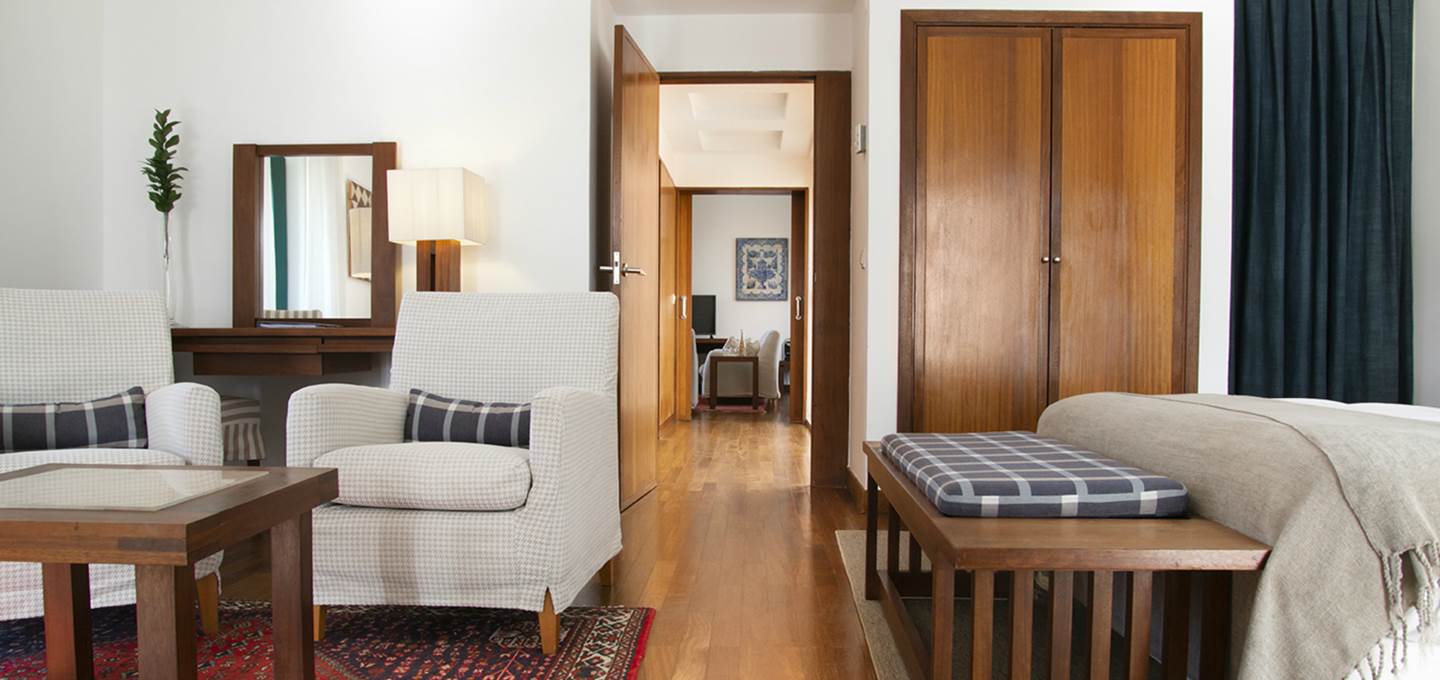Atop the highest hill in the region stands the Alcácer do Sal Castle. Once nearly impenetrable, the imposing fortress which once had more than thirty, 25m high towers, now houses the Pousada D. Afonso II and the Archaeological Crypt, an underground museum. Archaeological digs carried out in the vicinity of the fortress found remains from the Neolithic, Iron Age, Roman and Arab occupations. Some of the finds can be seen at the museum currently housed in the castle.
The castle has always played a prominent role in the city’s life. Even its name – Alcácer – comes from the word “Al-Qasr”, the Arabic for palace. The structure was built in 1191 by the Almohad caliph Ya'qub Al-Mansur however it is believed that there were already several military installations in place before the strategic fortification was built.
For many years, the castle was the location for conflicts between Christians and Muslims. D. Afonso Henriques conquered it for the first time in 1160 before it was reconquered by the Moors in 1191. It was during this time that the Algipe tower was built, a tower with an octagonal base identical to that of the Albarrã tower in Badajoz and del'Oro in Seville. In 1217 after a two month siege the Portuguese along with the Crusaders were able to take back the castle which was subsequently donated by D. Afonso II to the Order of Santiago de Espada.
In 1573 Rui Salema, a nobleman from the Royal House of D. Manuel I decided to expand the convent which already existed within the castle & founded the Nossa Senhora de Aracaeli Convent which housed the Clarissa nuns until the 19th Century. By this time the castle itself had gradually lost its military functions. The dissolution of the monasteries gradually put an end to the convent’s community and the building was eventually abandoned and fell into disrepair until the 1990s, when extensive restoration work was carried out on the convent and the castle.
In 1998, the old convent was transformed into a Pousada and ten years later, the Archaeological Crypt of the Alcácer do Sal Castle was opened.
ARCHAEOLOGICAL CRYPT
Located underneath the Aracaeli convent now housing the Pousada D. Afonso II, the Archaeological Crypt offers a true journey back in time, with over 27 centuries of history. The restored area of the Convent contained medieval walls in Christian times, following the reconquest, which are partially supported on Roman walls, which in turn were built on top of the more ancient structures dating back to the Iron Age. All the ruins bear witness to its historical periods, from the oldest built in the 7th century B. C., to the latest, from the 19th century.
This set of structures features a find from a building which, given its dimensions, resembles a shrine, used in the Iron Age and Roman Times (4th century B.C. and 2nd century A.D.). One of the cells of this shrine was identified by an altar with oil lamps and ceramic plates with a small pond, from where a tabela defixionis was removed, i.e. a small plate with spells.































 Rooms with either double or twin beds. Maximum Capacity: 2 adults. Area: 12m²
Rooms with either double or twin beds. Maximum Capacity: 2 adults. Area: 12m²  Rooms with either a double or twin beds. Maximum Capacity: 3 adults. Area: 14m²
Rooms with either a double or twin beds. Maximum Capacity: 3 adults. Area: 14m²  Room with either a double or twin beds. Maximum Capacity: 2 adults. Area: 14m²
Room with either a double or twin beds. Maximum Capacity: 2 adults. Area: 14m²  Room with either a double or twin beds. Maximum Capacity: 3 adults. Area: 18m²
Room with either a double or twin beds. Maximum Capacity: 3 adults. Area: 18m²  The Suite is elegantly decorated with a living room, sofa and a separate bedroom. This room type only has double beds, although it is possible to add up to three extra beds. Max Capacity: 4. Area: 20m²
The Suite is elegantly decorated with a living room, sofa and a separate bedroom. This room type only has double beds, although it is possible to add up to three extra beds. Max Capacity: 4. Area: 20m² Room with either a double or twin beds with the possibility of adjoining rooms. Maximum Capacity: 6 adults. Area: 18m²
Room with either a double or twin beds with the possibility of adjoining rooms. Maximum Capacity: 6 adults. Area: 18m²  Room with a double bed and a small room in the lobby. Maximum Capacity: 3 adults. Area: 16m²
Room with a double bed and a small room in the lobby. Maximum Capacity: 3 adults. Area: 16m²  Room with a double bed and a small room in the lobby. Maximum Capacity: 4 adults. Area: 30m²
Room with a double bed and a small room in the lobby. Maximum Capacity: 4 adults. Area: 30m² 


